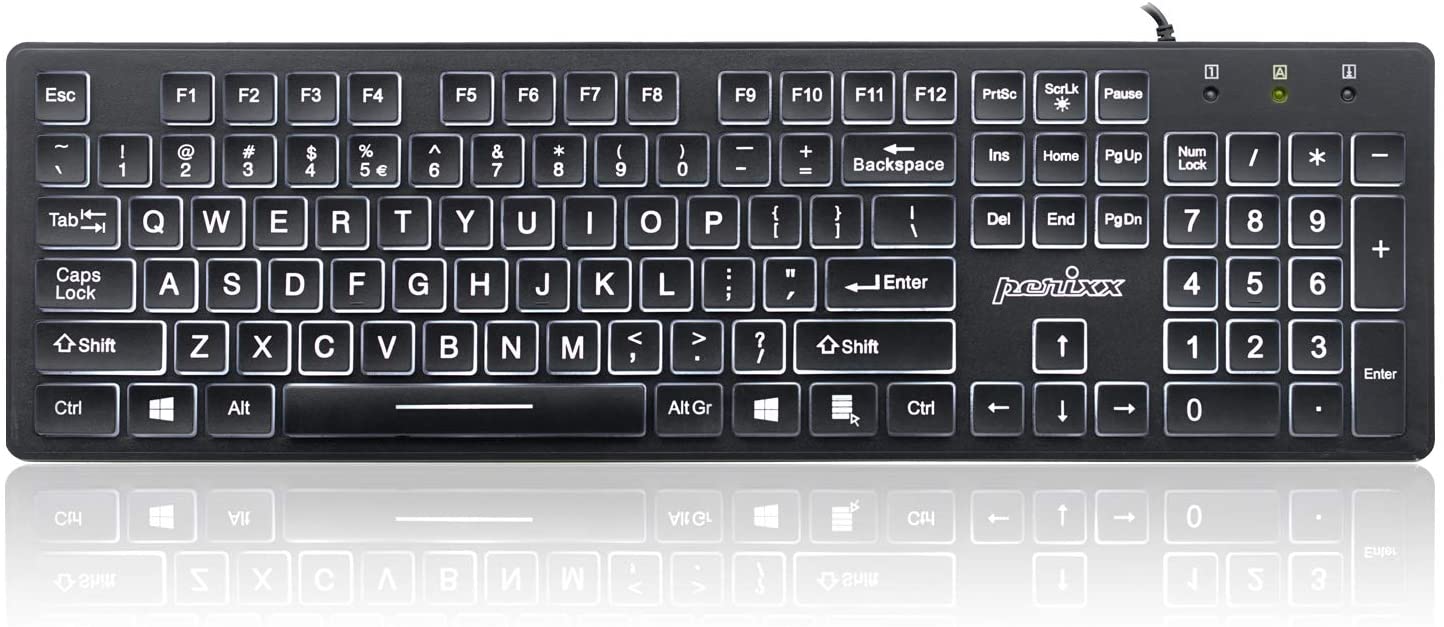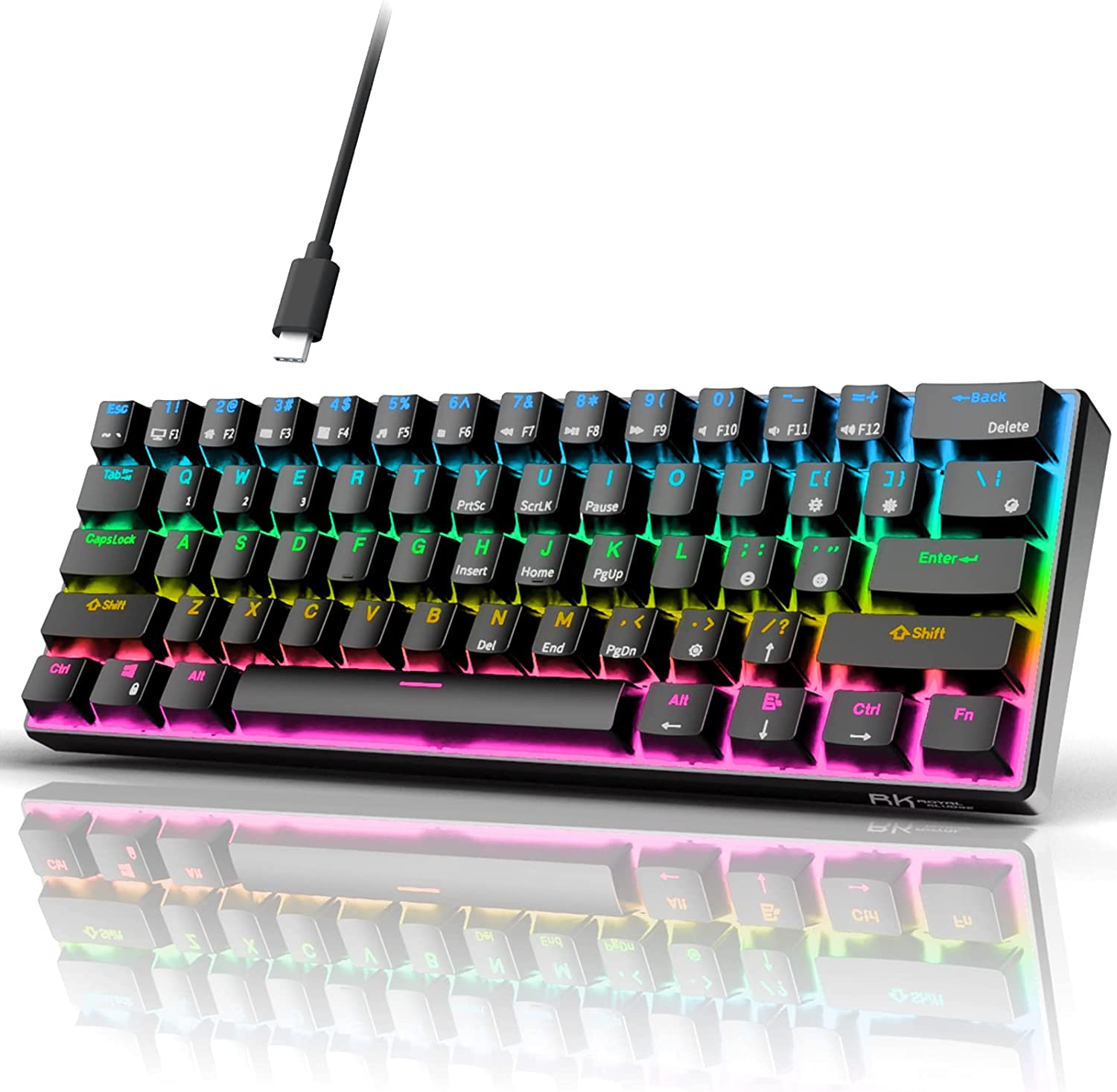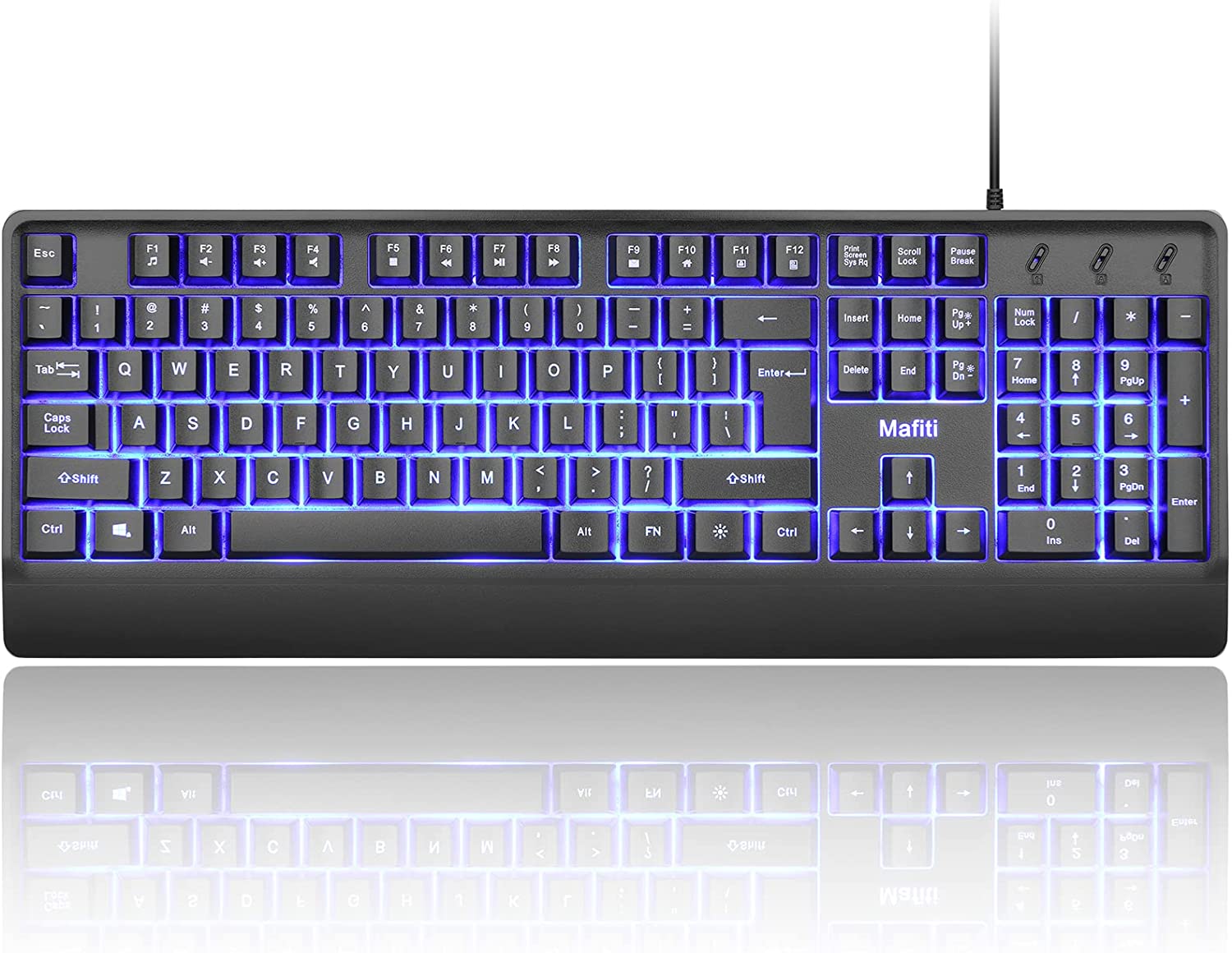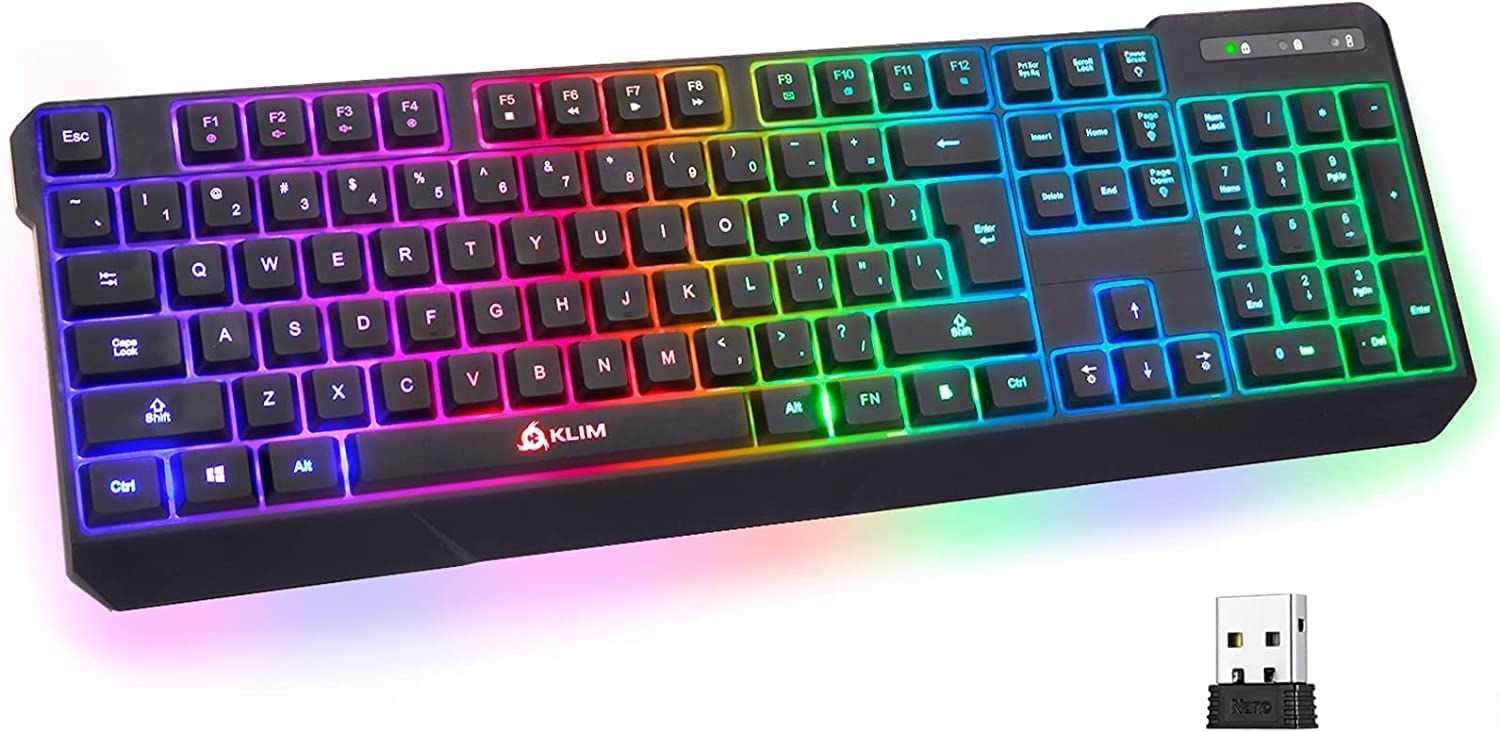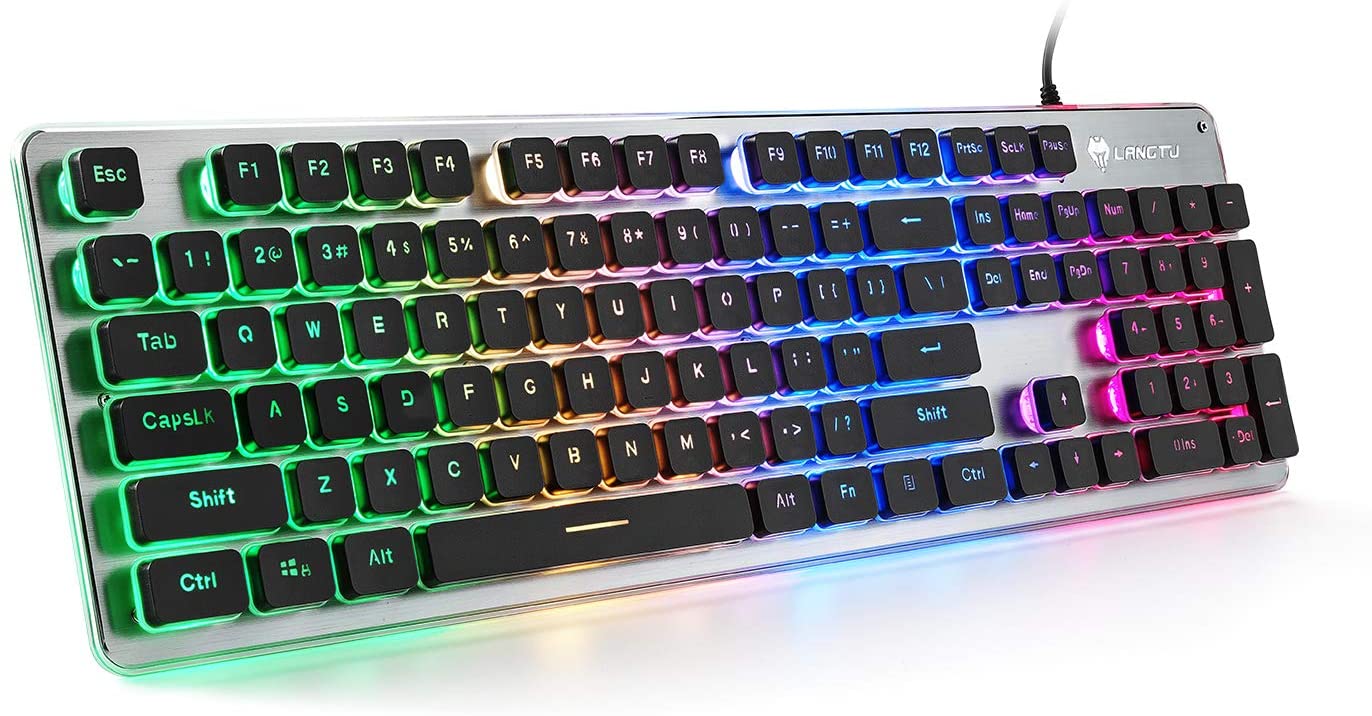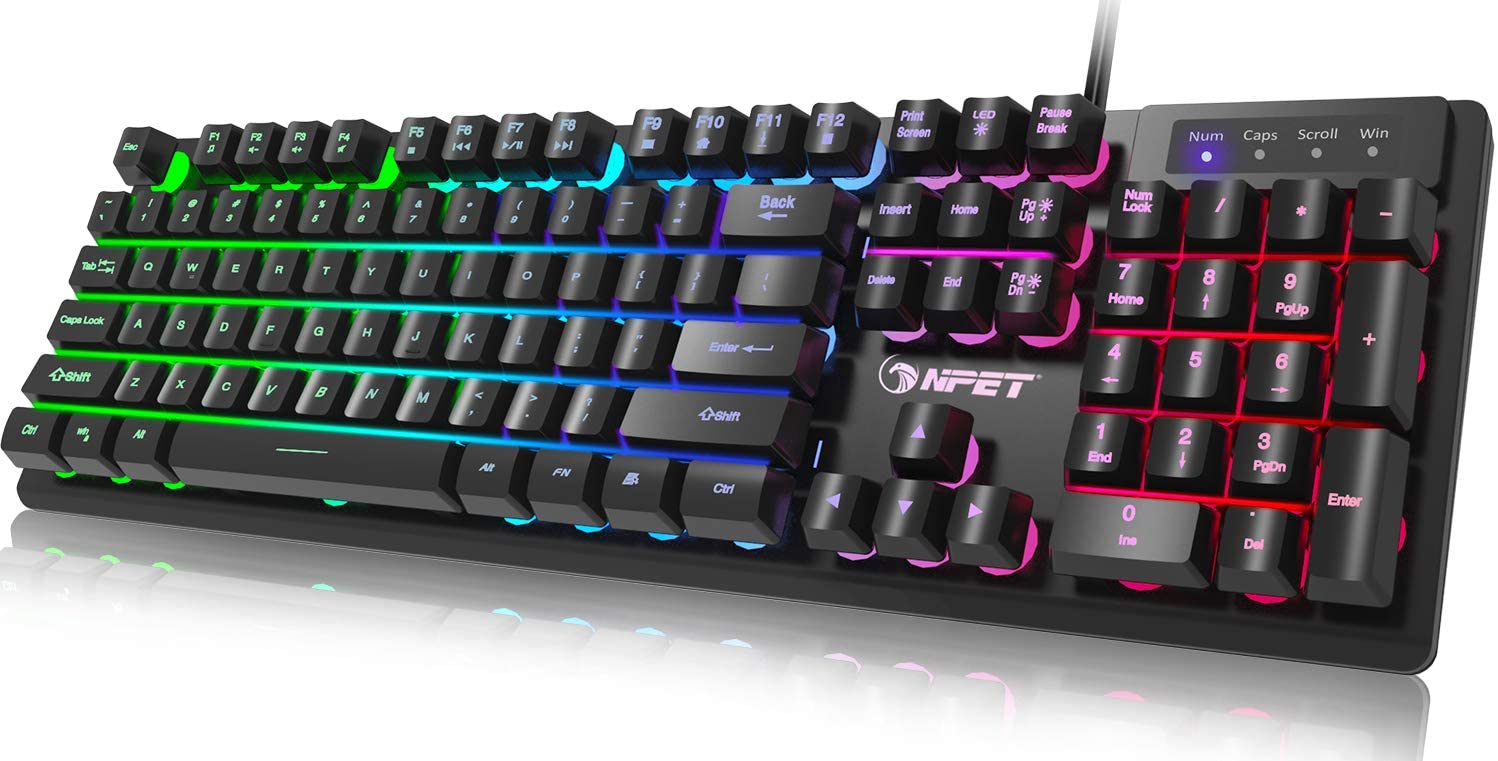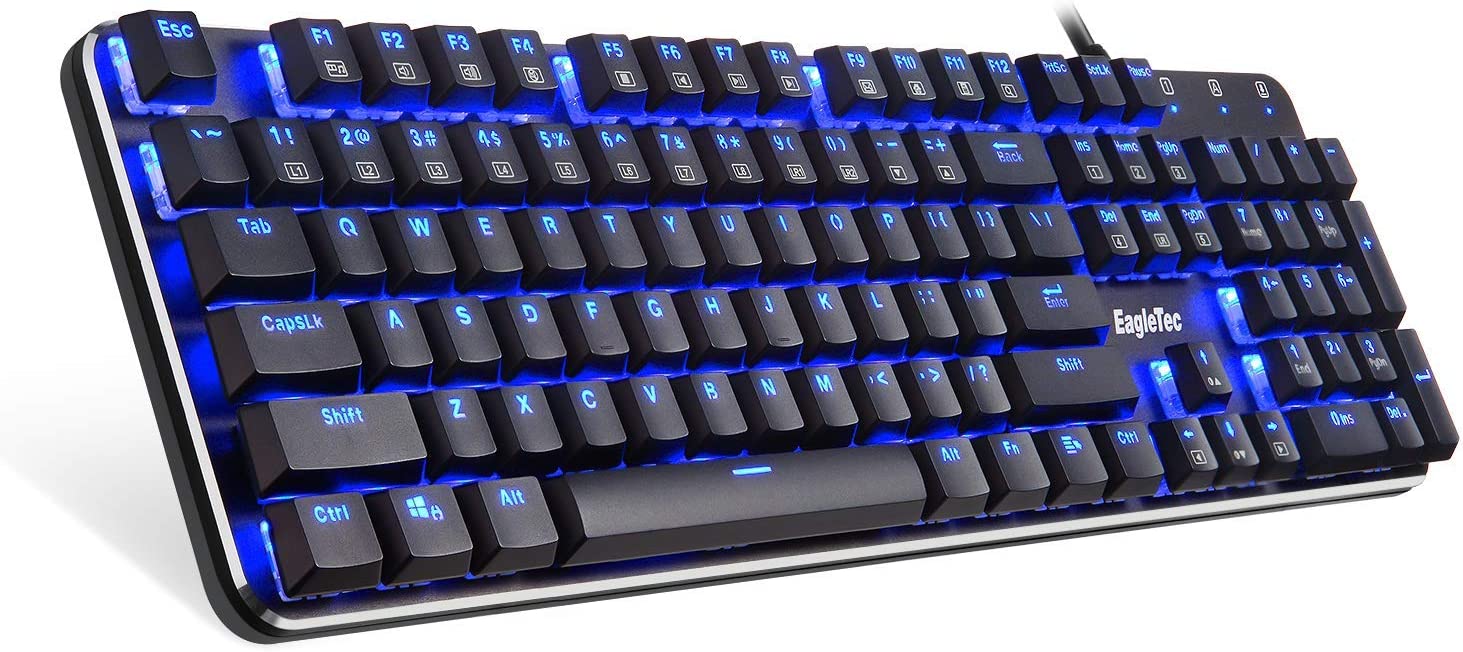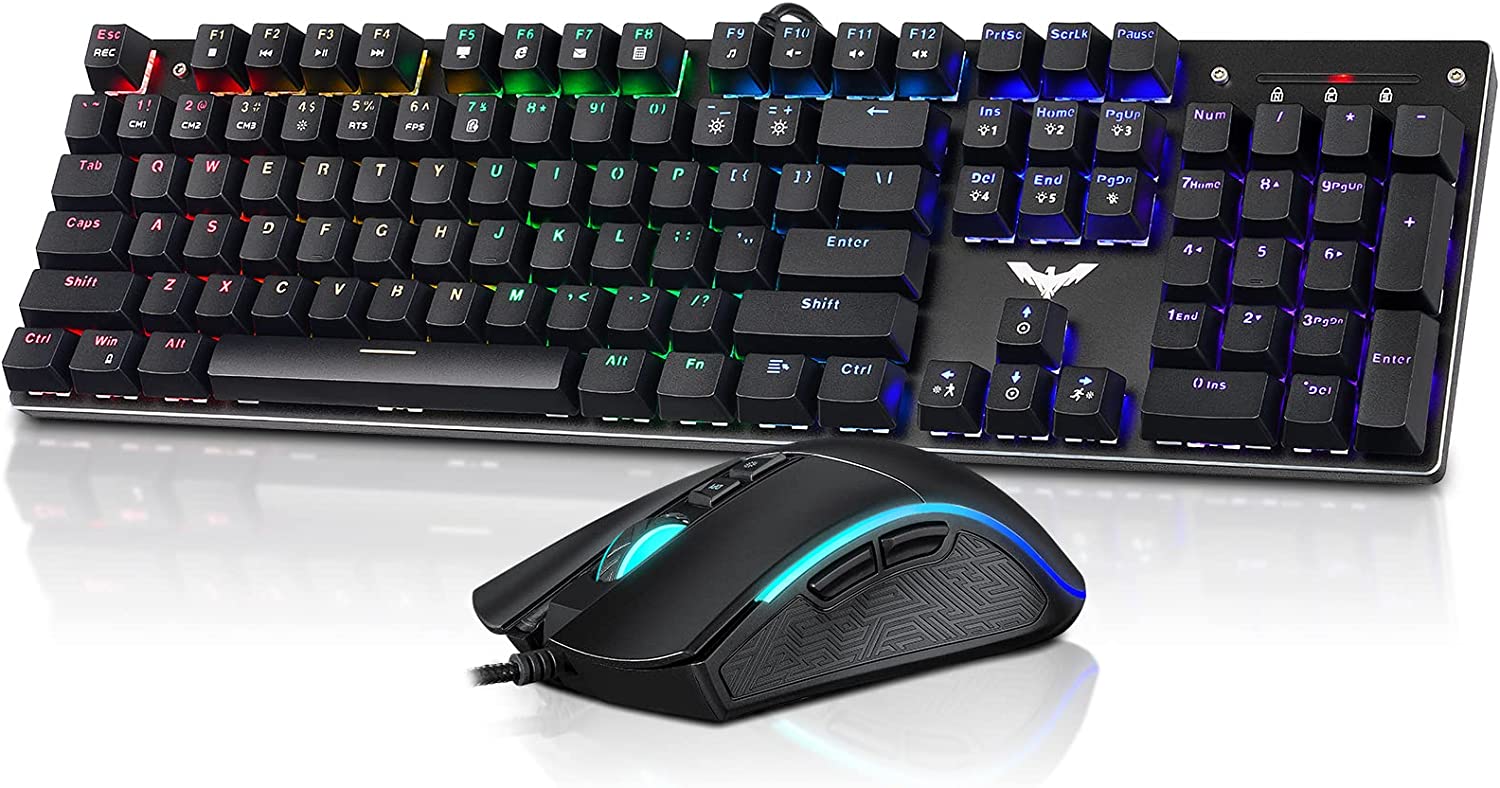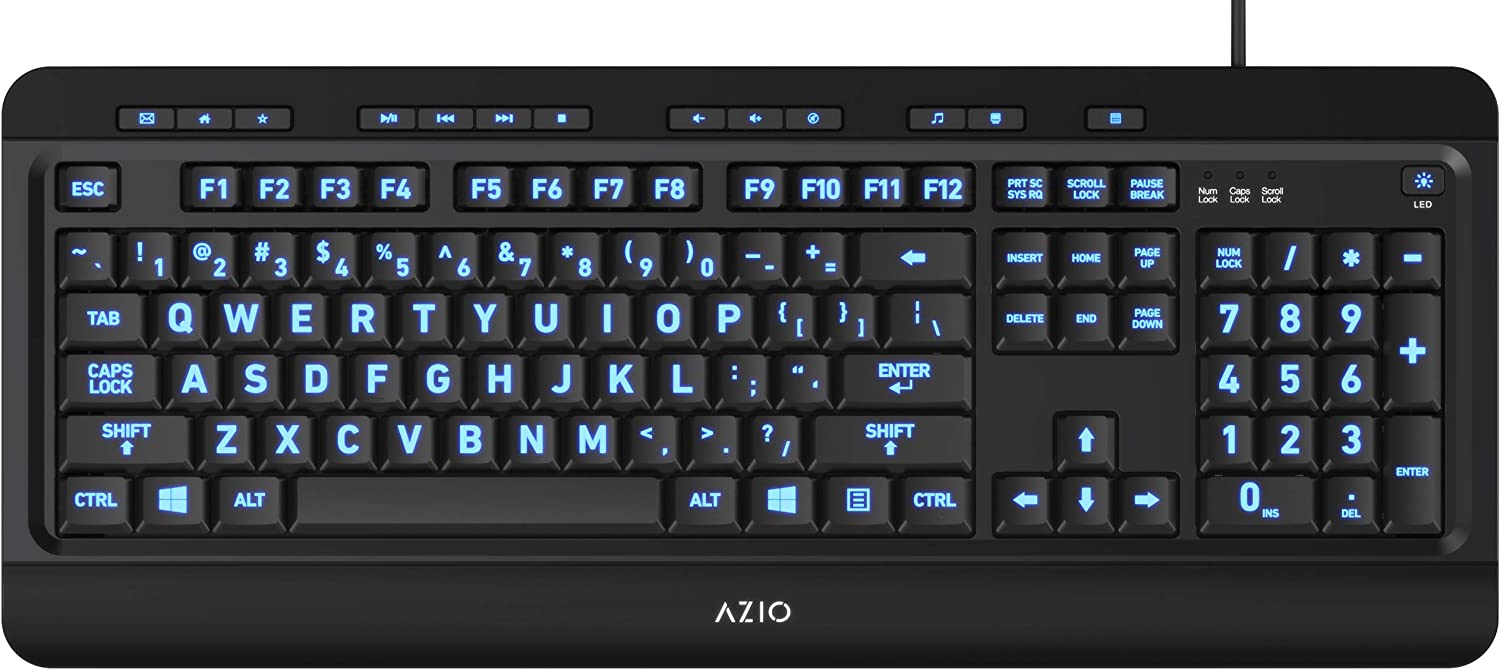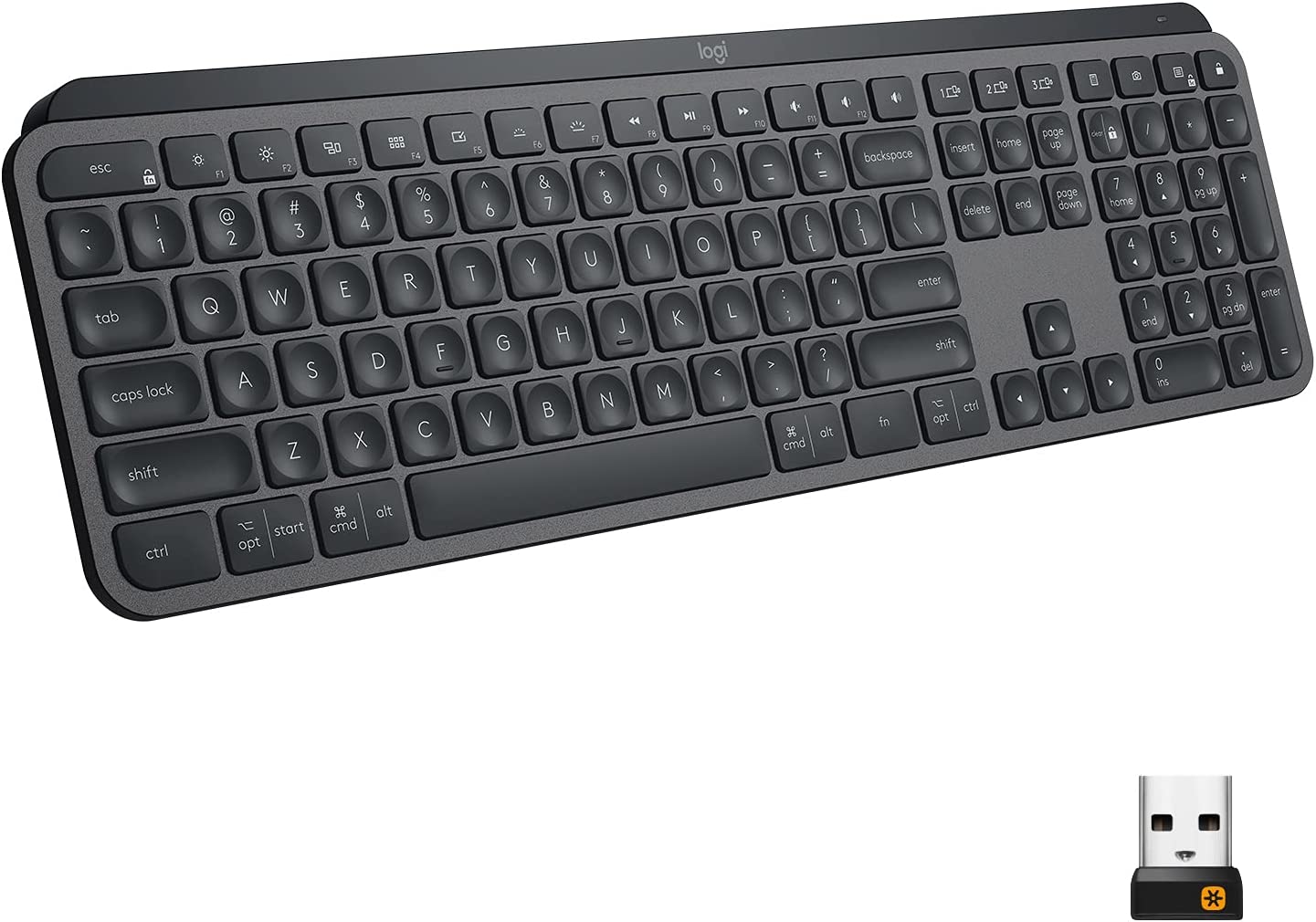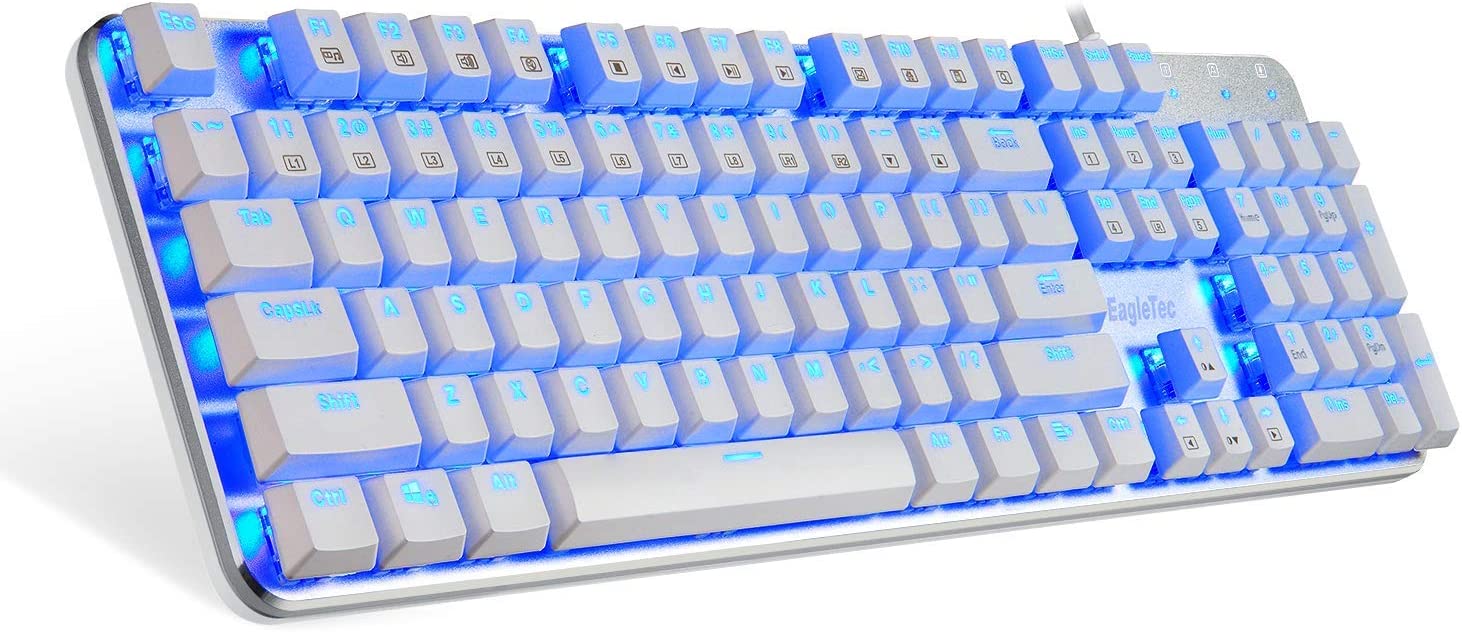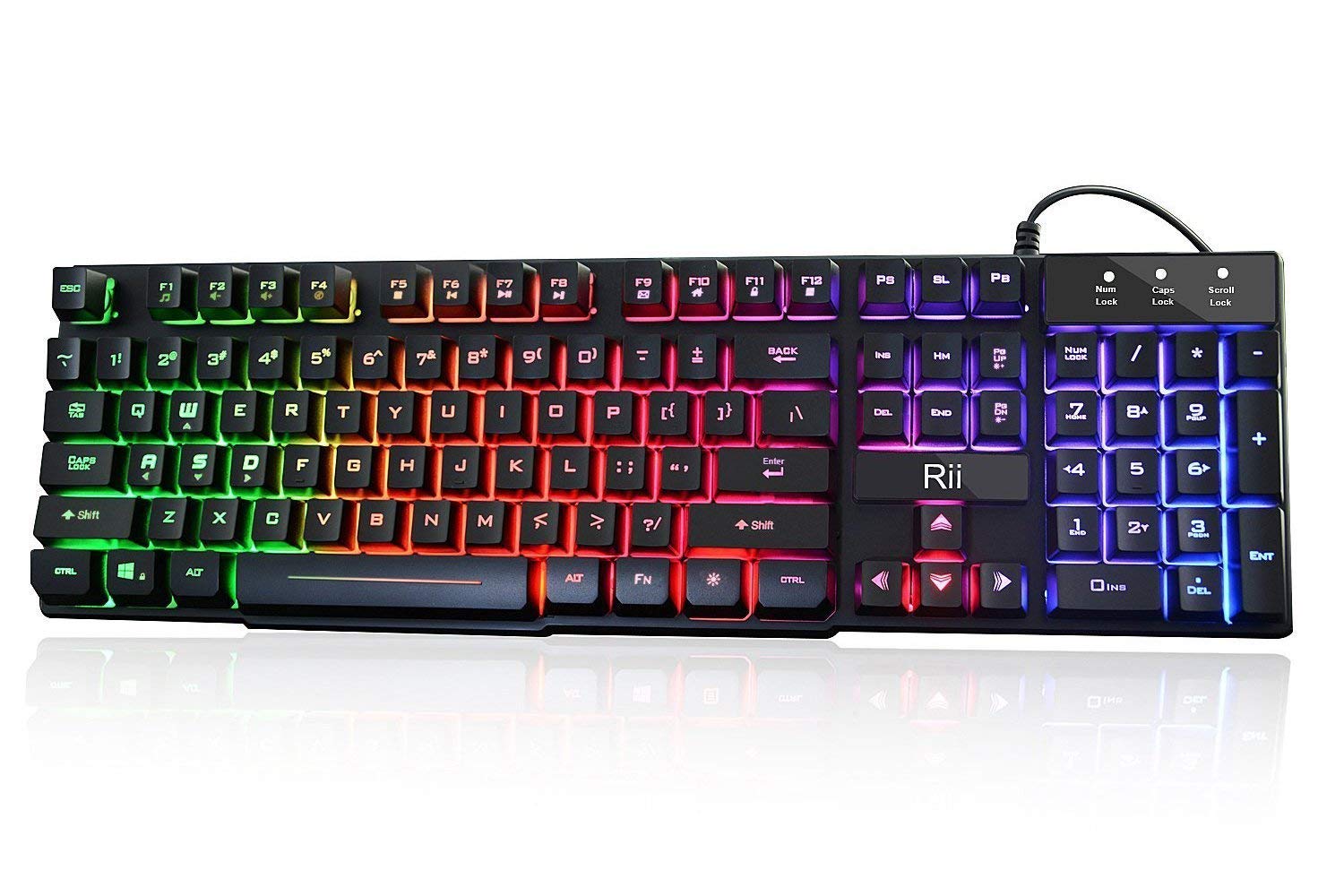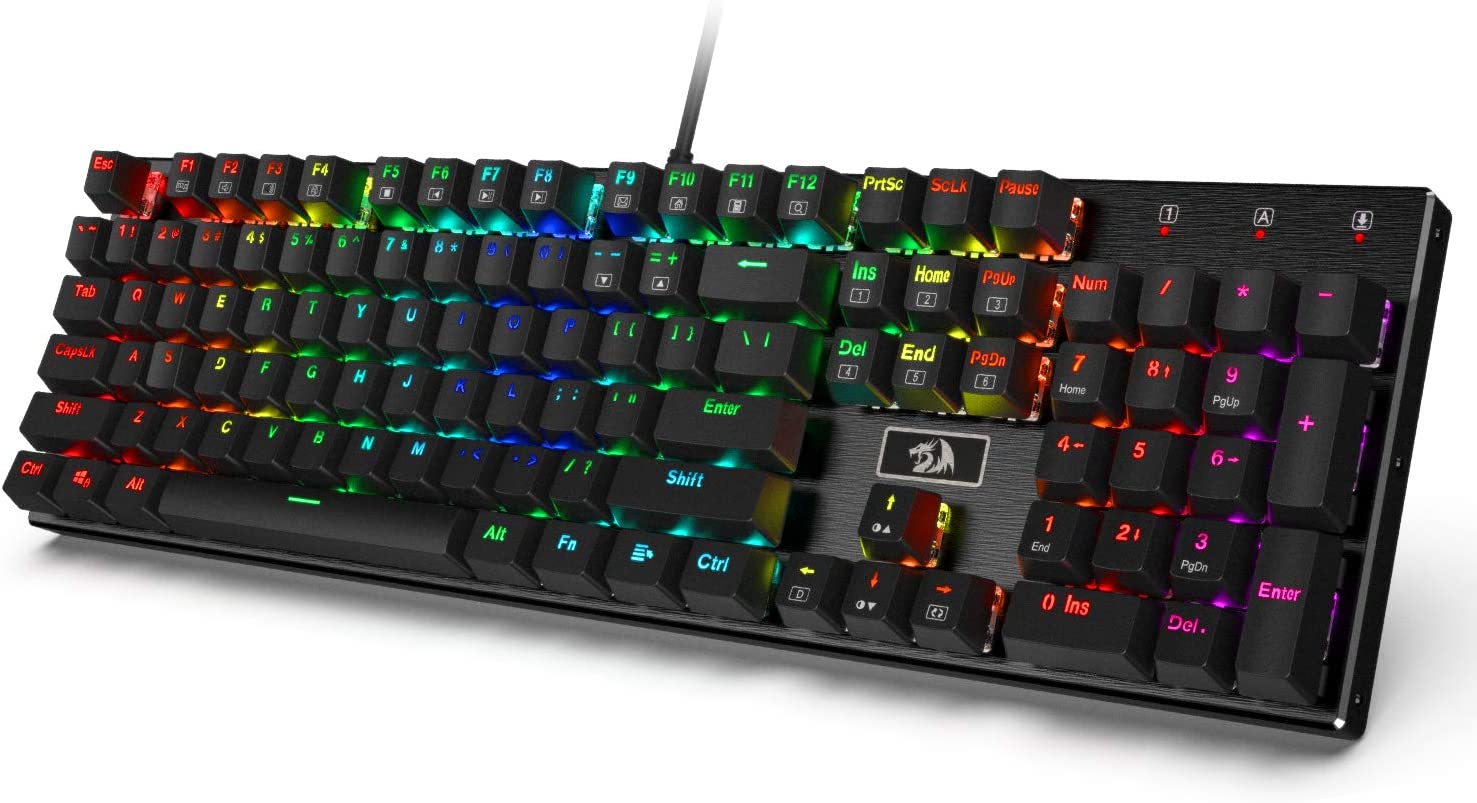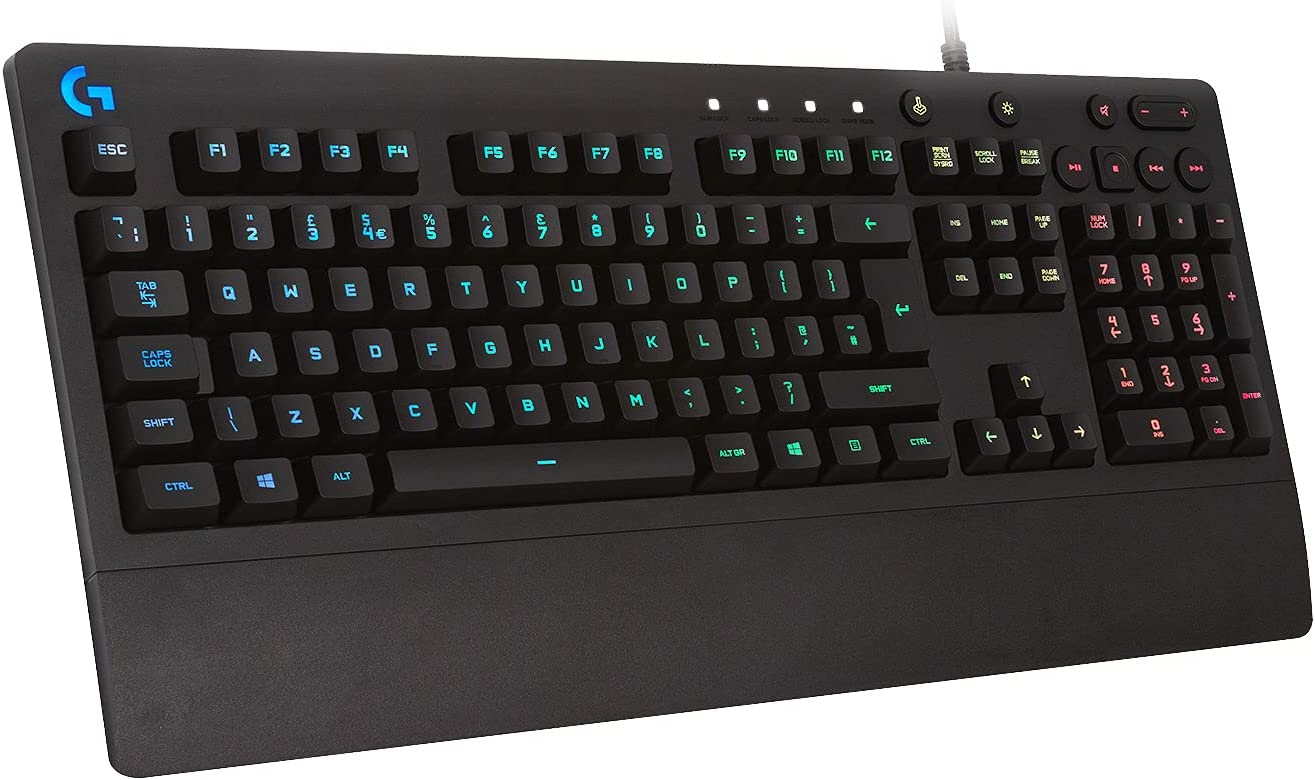Perixx Bright Large Print Backlit Keyboard
Last updated: September 7, 2021
We looked at the top Backlit Keyboards and dug through the reviews from some of the most popular review sites. Through this analysis, we've determined the best Backlit Keyboard you should buy.
Product Details
In our analysis of 124 expert reviews, the Perixx Bright Large Print Backlit Keyboard placed 6th when we looked at the top 15 products in the category. For the full ranking, see below.From The Manufacturer
White LED backlight: bright and evenly distributed backlit keys, easy typing in lower light environment. Ideal for studio work, office. The backlit can be turned on and off. Stylish chiclet-key design: the lighted chiclet design provide spacing between the keys to avoid pressing on the wrong keys; large printed letter on the keys for more visibility while typing. Sleek profile: Low profile keys with larger key surface for responsive, more silent and accurate typing. High quality ABS print prevents keycap color abrasion. The durable membrane key switch provides 5 million times key press life cycle. Plug-and-play feature: with wired USB interface, quick and Easy installation. 1. 6M long cable, flexible for different home/office setup. Slim keyboard Dimension: 440x129x27mm. Compatible with Windows 98SE/2000/ME/XP/Vista/7/8/10. Package includes: 1 x periboard-317 US. 12-Month limited. Please note that when the backlit function is on, the scroll lock feature will be off. When the backlit function is off, the scroll lock feature will be on.
Our Expert Consultant

Technology and parenting blogger
Molly Thornberg is a professional writer, creative and mom to four kids, living her best life outside of Dallas, Texas. With a love for all things tech, she is passionate about helping parents raise kids in the digital age. She writes about technology, parenting and humor on her blog Digital Mom Blog.
